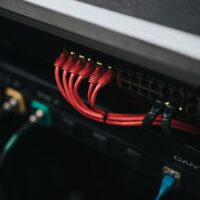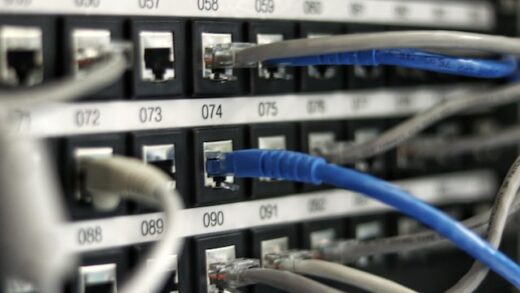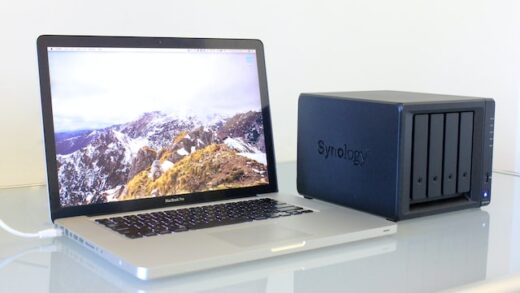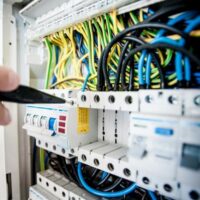To conduct the Internet in the house, lay the local network, connect the computer to the router, you need a special wire. To choose a good Internet cable, you need to know what types exist, for what tasks they are designed, as well as what their characteristics are.
Basic types
There are three types of cable for the Internet: coaxial, fiber optic and twisted pair.
Twisted Pair
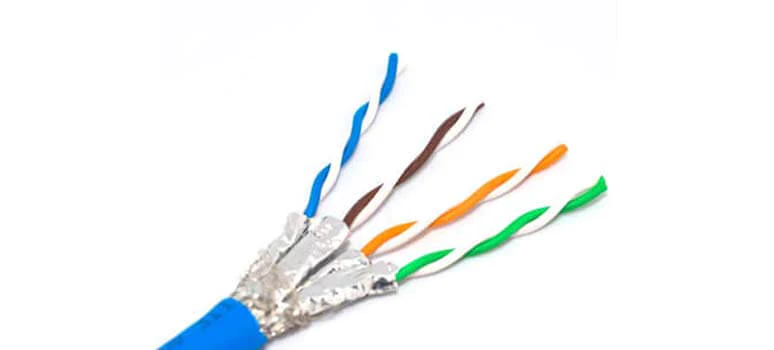
This network cable is a suitable solution for local area networks. It consists of two or four twisted pairs of wires. The two wires are connected in pairs and are only used to send or receive signals.
The principle of twisted pair is to connect two nodes and use separated media to transmit data in different directions.
Twisted pair connects equipment up to 100 meters away in a single network. Because of its low cost and ease of use, it is increasingly being chosen to form Local Area Networks (LAN) and to carry the Internet indoors.
Optical Fiber
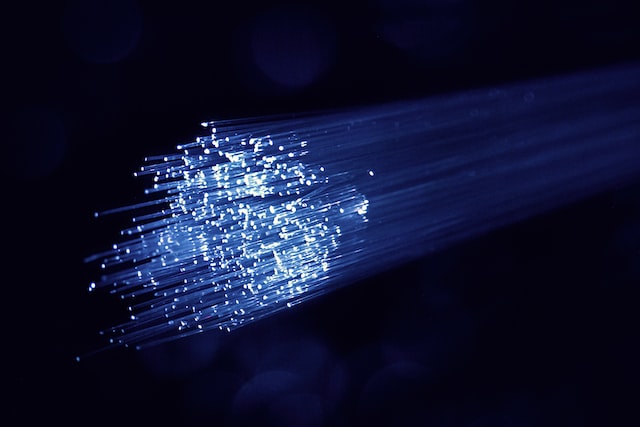
Fiber optics is the fastest way to transmit information today.
Among its advantages:
- high bandwidth;
- long service life;
- rapid detection of unauthorized connections, which makes the network more secure;
- high noise reduction, good protection against interference;
- fast data transfer.
Fiber-optic network wires use the method of transmitting light rays using total internal reflection. An important advantage of such a cable for connecting to the Internet is the lack of restrictions on the length of the backbone. That is why it can connect significantly distant objects.
Coaxial
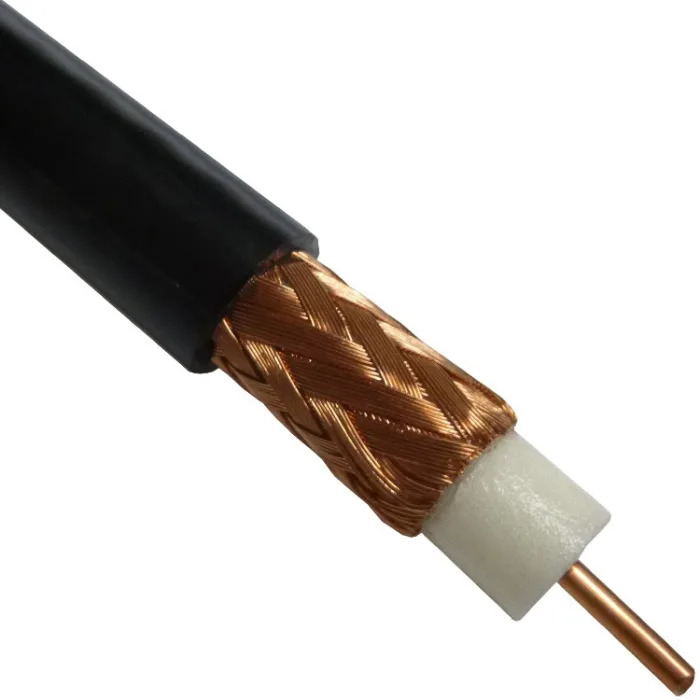
This type is used in security alarms, video surveillance and television. The principle of its work is the transmission of radio frequency electrical signals, and the strength of the signal is closely related to the length of the trunk and the distance to which it will be sent.
Coaxial cable can be thin and thick.
The diameter of the former (category RG-58/U) is up to 0.5 cm. It is highly flexible, but the signal transmitted through it fades quickly. It can be used to send data over short distances, the maximum speed is up to 10 Mbit/s. Wave impedance – the main characteristic that affects the quality of the cable and the transmitted signal – is 50 ohms.
The diameter of the thick cable is 1 cm. It has increased rigidity and is mounted with expensive equipment. This category is RG-11 and RG-8. Wave impedance of the first – 75 ohms, the second – 50 ohms.

